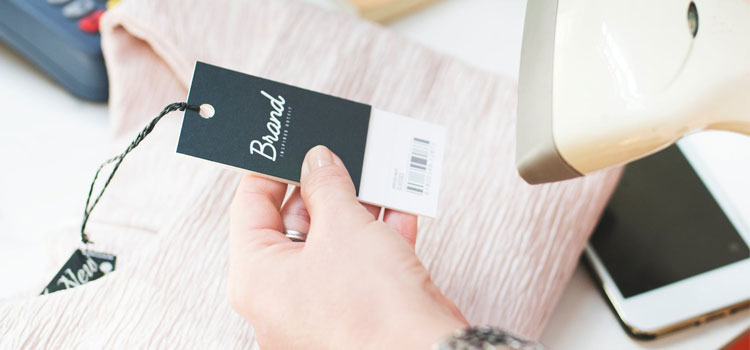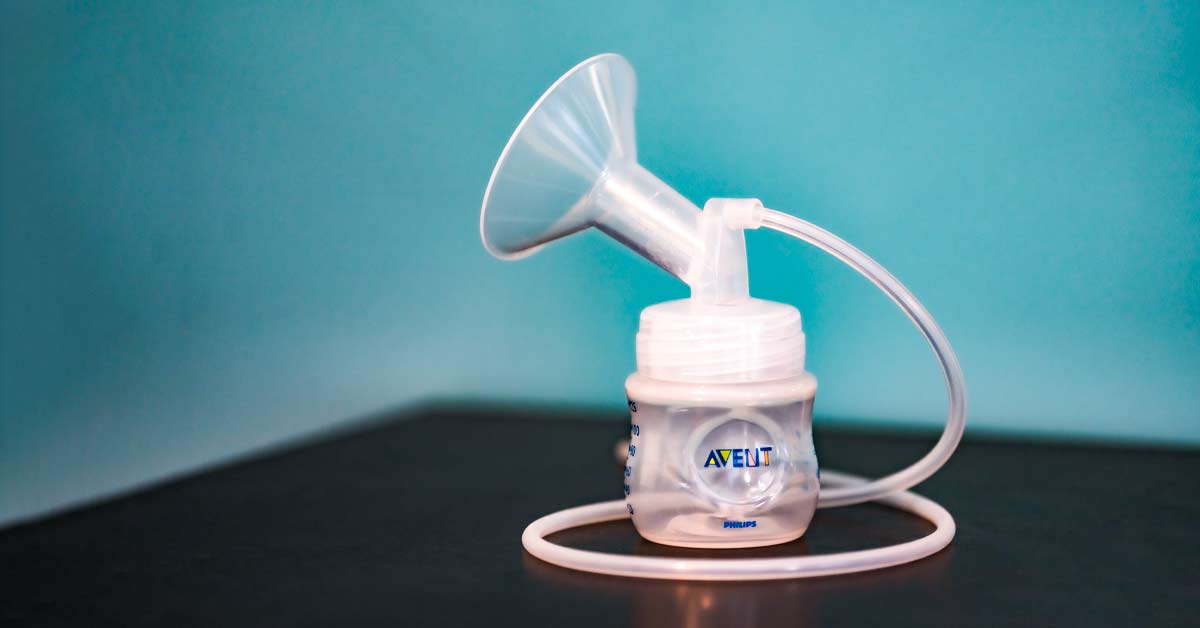Last time, I talked about choosing between private labels and white label products. If that guide helped you in deciding and you end up picking the private label route, hold on to your seats because there’s a good chance you’ll need this list of private label manufacturers.
What is a private label product again?, you may ask:
A private label product is any product you contract a manufacturer to create based on specifications you sent. Once the product is ready, you sell it exclusively under the name (brand) you choose, and market it how you want.
Plenty of big brand-named companies like Ray-Ban and Nike have been selling private label products for decades, and they won’t stop anytime soon.
The earning potential for selling private labels is high, but knowing the products you want to sell is just half the battle. Finding a reputable and reliable private label manufacturer that you can partner up with is a hurdle you have no choice but to take.
4 Ways to Find Private Label Manufacturers
The private label supplier you work with can help your business succeed (or cause it to fail), which is why it’s important that you find a manufacturer that produces quality goods.
1. Google
A bit obvious, no?
Searching online is a foolproof way of finding what you need, but you have to bring in your A game when doing your search.
Use keywords to your advantage to filter out suppliers that you don’t need.
Know that some manufacturers only produce a particular type of product (example: clothing only, shoes only, etc.), so you can use these details when finding the right one.
- Main keywords – use “private label manufacturers,” “private label suppliers,” “private label companies” or “private labeler” with all your search queries
- Secondary keywords – Add the niche or product type you’re looking for. “makeup private label supplier” “makeup private label manufacturers” and so on. You can be as creative as you want by switching up secondary keywords to “lipstick,” “cosmetics,” etc. if you’re in need of makeup suppliers.
- Filter by location – You can also add location details with your search. “makeup private label manufacturer China”
- Filter by other factors – Need specific manufacturers, such as those who allow “dropshipping”? Include those words into your query for advanced search
Note that contact details you find by going this route may not be the most accurate, so double check your information, especially if you’re going to be calling overseas for inquiries.
This phase of your research is also when you’d likely decide on niche. Picking out what products to sell can help you filter your manufacturer search. And if you need ideas, check out this handy list of the best selling products on Amazon to get inspiration.
2. Directories
The cool thing about online directories today is that they are now very organized, which saves you time if you’re on a hunt for the best private label manufacturers.
Here are a couple to start your search:
China manufacturers
In 2011, China ended the United States’ 110-year run as the number one country in factory production and has been the world’s largest manufacturing nation since. There are a lot of reasons how this came to be:
- China has the lowest labor costs in the world.
- China has a workforce of 112 million people.
If you’re worried about private label manufacturing cost, there’s no question that China-based suppliers can solve your problem.
China produces 70% of the world’s umbrellas, 50% of toys, 85% of the world’s Christmas lights, and so on.
You don’t need to go overseas to find China private label companies. Just check directories like Alibaba, Global Sources, Made-in-China to save time hunting down manufacturers.
You do have to dig deeper about companies you deal with, since not only will there be language barriers when communicating via these platforms, you also can’t be 100% sure about the company’s reputation and history.
International Manufacturers
If you prefer manufacturers not based in China, see Thomas.net, PLMA, Store Brands, Maker’s Row, and more.
Some directories, like Oberlo, do the vetting phase for you, so you only need to choose the products to sell and they’ll handle everything from packing to shipping and customer service too.
3. Forums
Sometimes, it is worth your time to ask experts leads of private label companies they’ve worked with in the past, especially for communities like Reddit and Quora.
Ask around and share your experiences as well, conversing with people who have been private labeling or dropshipping can be helpful in more ways than one.
Aside from giving insider tips and supplier leads, experts are also good at sharing reviews of manufacturers.
4. Sourcing Agents
You can hire a sourcing agent (a regional representative performing outsourcing activities on your behalf) to help you find the manufacturers you need.
This is particularly useful if you want to go with China-based manufacturers, since you can hire a sourcing agent fluent in Chinese.
Sourcing agents are great negotiators, which means they can help you with bargaining the price when placing orders and finding you a manufacturer flexible with your terms. If you’re aiming for a manufacturer from China, check out this list of sourcing companies.
Upwork is a good source of finding sourcing agents, who you can hire by-the-hour or project basis, depending on your budget and extent of work still needed to complete.
6 Questions to Ask When Dealing with Private Label Companies
1. How do you order private label products?
Depending on the manufacturer you chose, you may need to order the products via:
- online shop platform – You can place products into a cart, add notes for each one, and pay after checking out. This works like any ordinary ecommerce site, except that you’re dealing with a manufacturer and not a retailer.
- online form – This may be old school, but forms allow for more words and flexibility, which is why some companies still use this method of accepting orders.
- catalog + email – Sometimes, websites of private label manufacturers only contain a digital catalog of products and contact information. If this is the case, ordering usually goes via email.
- phone order – Other private label suppliers prefer to receive orders via phone. This option is never available to China-based companies though.
Know that because private label products are somewhat customized by your specifications, the manufacturer would need as much details as possible to produce exactly what you need.
2. Is There a Minimum Order?
All private label manufacturers only process your order after full payment. You also must follow minimum order requirements, which vary between industries and suppliers.
In most cases, the minimum order is per-variant. (1,000 pieces soap bars, 200 shirts, etc.). Others go by amount (any $1000 worth of products for each order).
3. Do they ship products directly to you?
Private label companies ship products directly to your office, home, or any address you list down. Unless, it’s a dropshipping company (see below).
Also, if the products will be coming from overseas, make sure you know your import duties and taxes to avoid getting blindsided.
4. Do they allow dropshipping private label products?
Not all private label manufacturers offer dropshipping (wherein they manufacture, pack, and ship the product to your customer then you collect a percentage for the sale).
However, there are companies specializing in dropshipping private labels, so learn the difference.
5. What are my customization options?
The amount of customization you can request for a particular product depends on the policies of the manufacturer you’re dealing with.
In most cases, you will be given some control over how the product is packaged.
Sometimes you can alter product features at the development phase, but this depends largely on the manufacturer.
6. Do I need a contract?
A contract protects both you and the manufacturer, so make sure you document everything and keep purchase orders, receipts, and contracts.
These documentation can protect you if you face problems once you receive the product.
My Giant List of Private Label Manufacturers
Here are 40 private label manufacturers to get you started:
Health Care Products
- AC Pharm – skincare products (Australia)
- CBD Hemp – CBD hemp products (Florida, USA)
- Black Label Beard – men’s grooming (USA)
- Garlabs – hair and skin products (USA)
- JTCC – cosmetics, men’s grooming, toiletry, fragrance (India)
- Private Label Dynamics – skincare, hair care, pet care (Australia)
- Private Label Select – personal care, lip care, men’s grooming, baby (New Mexico, USA)
- Propper – Medical, dental devices (New York, USA)
Clothing
- Alanic – sports clothing (USA)
- Brandwear – men and women’s clothing & accessories (Canada)
- DSA Manufacture – DSA Manufacturing
- Design Make Produce – High-fashion women’s clothes and swimwear (UK)
- LQ Tactical – Military wear and tactical gear (Texas, USA)
- Mr 520 – Men and women’s apparel (Ukraine)
- Optimacotton – Men’s cotton shirts (Canada)
- Plus Samples – Plus sized clothing for women (UK)
- Zega Apparel – Men and women’s clothing (US, Canada, Pakistan, UAE)
Shoes
- ByPaige – canvas shoes (USA)
- Modern Vice – men’s footwear (USA)
- Italian Moda – men and women’s shoes (Italy)
Cosmetics
- Auroracos – cosmetics line (China)
- Audrey Morris/a> – makeup kits (Florida, USA)
- Biovedanaturals – Organic cosmetics and herbal extracts (India, New York USA)
- Bionature – spa and beauty products (Malaysia)
- Citcosmetic – makeup and beauty products (Korea)
- KBL Cosmetics – skincare and cosmetics (USA)
- NC Cosmetics – cruelty-free cosmetics (Australia)
- Oscars Spa – spa and beauty products (China)
- Pinnacle Cosmetics – makeup sets (Australia)
- SLG UK – beauty, cosmetics, fragrance (UK)
Food and Drink
- Dream Chocolate – chocolate (USA)
- GWS Foods – sauces, dips, spreads (USA)
- Yilingz – Asian sauces (China)
- Madwills – sauce and spread, for restaurants (Canada)
- My Drink Beverages – beverages (Canada)
- You Bar – protein bars (USA)
- Goldline – pet food (UK)
All Around Options
- Business in Guangzhou – clothing, shoes, accessories, home decor, electronics, jewelry, beauty products (China)
- China Brands – toys, clothes, electronics, home, jewelry, etc. (Canada)
- China2West – also serves as sourcing agent (China)
The Bottom Line
Assuming you’ve already chosen a manufacturer or two to partner with your ecommerce business, your next task is to sell those products.
How do you plan to sell them? Do you prefer to work on your own website? Or take advantage of Amazon’s massive audience?
FYI, if you want to go the Amazon route, here’s a useful guide on how to sell private label products on Amazon properly.
Either way, I hope this list of private label manufacturers can help you get started on building a real ecommerce business.

















